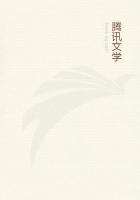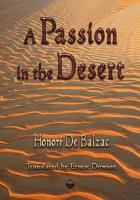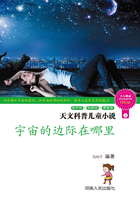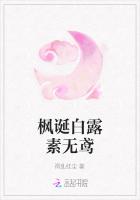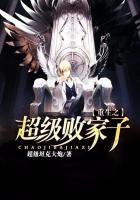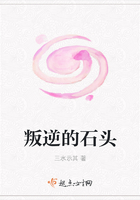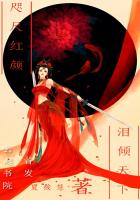Collection, Preservation and Spread of Chinese Books
Over the thousands of years’ history of the publishing industry in ancient China, the number and variety of books continued to grow alongside the development of society and culture. At the same time, man-made destruction (bans, war, theft, etc.) and natural disasters (water, fire, insects, etc.), and other factors led to the loss and disappearance of books. Such loss is very serious. A number of major book disasters caused immeasurable loss to ancient Chinese culture. To address this issue, ancient Chinese invented various ways to preserve books. Their efforts gave rise to the colorful and time-honored history of collection, which included taking good care of books, building more collection houses and taking measures to protect books. The history of collection, taking the “Cangshi” for management of oracle records during the Shang and Zhou dynasties as its inception to the emergence of modern libraries in the early twentieth century, is over 3,000 years old. It has a unique position in the history of book collecting in the world.
In general, the book-collecting house in ancient China considered with respect to book reservation rather than circulation, which made a certain distinction between bookcollecting house and library in modern times. The publishing industry in ancient China, mainly circulating through sale in book market, transcription and borrow, interiorly formed the book trade and circulating system with non-official book market base, exteriorly shaped the famed book road in the exchange of publishing industries home and abroad, actively facilitated the cultural exchanges.
Bibliophiles and Book-collecting House
Book collection in ancient China can be divided into four categories: Official collection, private collection, temple collection and college collection. As a main channel for the protection of ancient books and records, the first two achieved greater success. Traditional book collectors are private while “Changshulou,” or book collection house, are structures used for book preservation, including those ran by official organizations, private groups or individuals. In ancient China, the mainstay for book collection, management, research, proofreading and publication is official and non-official libraries. These buildings, together with collectors linked to them, preserved and spread a wealth of ancient books and records and the extensive and profound history and culture of China.
Book collection in ancient China started during the Xia and Shang dynasties. Unearthed oracle bones from Anyang in Henan Province show that Shang period historiographers and wizards were already aware of the importance of preserving and colleting documents and literature. The collection of oracle bones was the earliest form of book collecting.
Formal book collection started at the Zhou Dynasty. The book-collecting institutions in the period respectively bored the varies names such as “Tianfu,” “Mengfu,” “Cefu,” “Zhoufu , ” “Store house” and “Privy Chambers”; the various positions, divided into “Mahavamsa,” “Xiaoshi,” “Neishi,” “Waishi,” “Zuoshi” and “You shi, ”for the historiographer in charge, which reflected the scale and divisions of the official collection institutions in the Zhou Dynasty. Reportedly the famous thinker Laozi once worked as a historiographer of the Zhou Dynasty’s “Cangshi,” an equivalent to a curator of a national library nowadays. There are several known private book collectors from that time including the famous scholar Hui Shi (370–310B.C.) who had five carriages of books, a huge collection at the time.
Despite the first emperor Qinshihuang’s order to burn and destroy books after the unification of the country, official book collecting never stopped. During his reign, several book collection organizations were set up in the Erpang Palace in Xianyang such as Mingtang and Shishi. Specific officials were designated to manage them. Resistance to the imperial order of destroy books was widespread as various ways were invented to preserve books. It was against this background that the story of keeping books in Eryou unfolds. According to the story, at the end of Qin Dynasty, to avoid damage from wars, a scholar moved all his books to caves in Dayou and Eryou Hills in Hunan Province. Generations later they were found. These books were called the “collection from the Eryou stone chambers.” A Mingscholar, Hu Yinglin (1551–1602), touched by ancestral passion for books and study, named his book collection room “Eryou Shanfang.”
In the early days of the Western Han period, the minister Xiao He (?–193 B.C.) presided over the construction of three imperial libraries, called Shiquge, Tianluge and Qilinge, to collect books and archives. Later, Shiqu and Tianlu became another name for imperial collections. As an attempt to protect books from fire and water, libraries in the Han Dynasty were made of stone and called “Shishi” or stone chambers. While the bookcases were coated with copper sheet and called “Jinkui” or golden casket. Afterwards, these two names became terms for the structures used to house imperial books collections. A group of famous book collectors also emerged during the Han Dynasty.
After the founding of the Eastern Han Dynasty, book collection resumed and books were kept in Dongguan, Lantai and some other locations. When in peak collection, there were enough books to fill over 6,000 carts. Of the seven libraries in this period, the most famous ones are Lantai and Dongguan, which played a role in proofreading, editing and writing besides their part in collecting books. In 159A.D, the first organization in the feudal central government, in charge of book collection and proofreading, was set up. The archival bureau, as it was called, functioned for 1,500 years.

